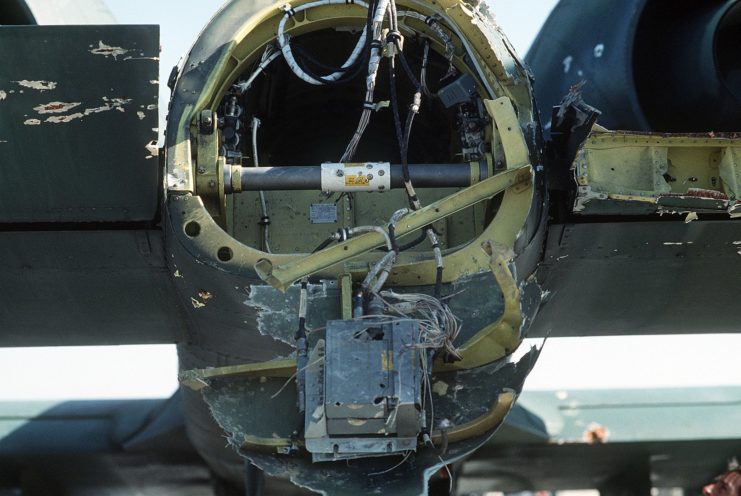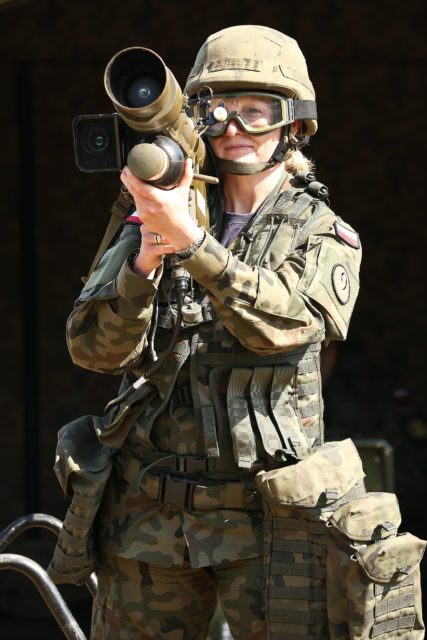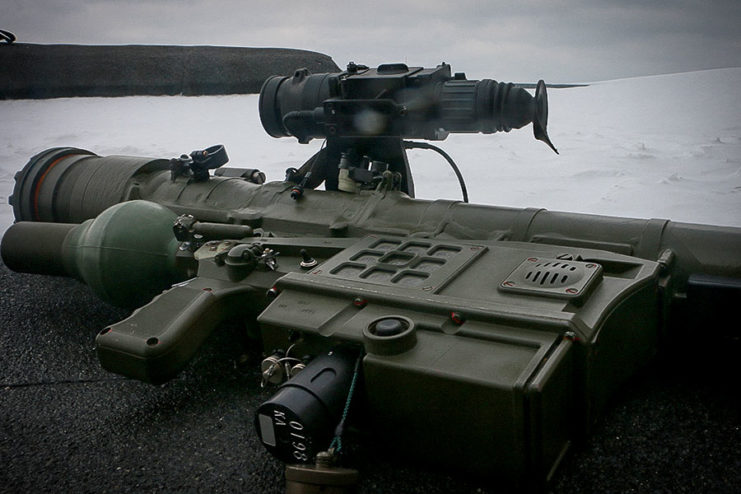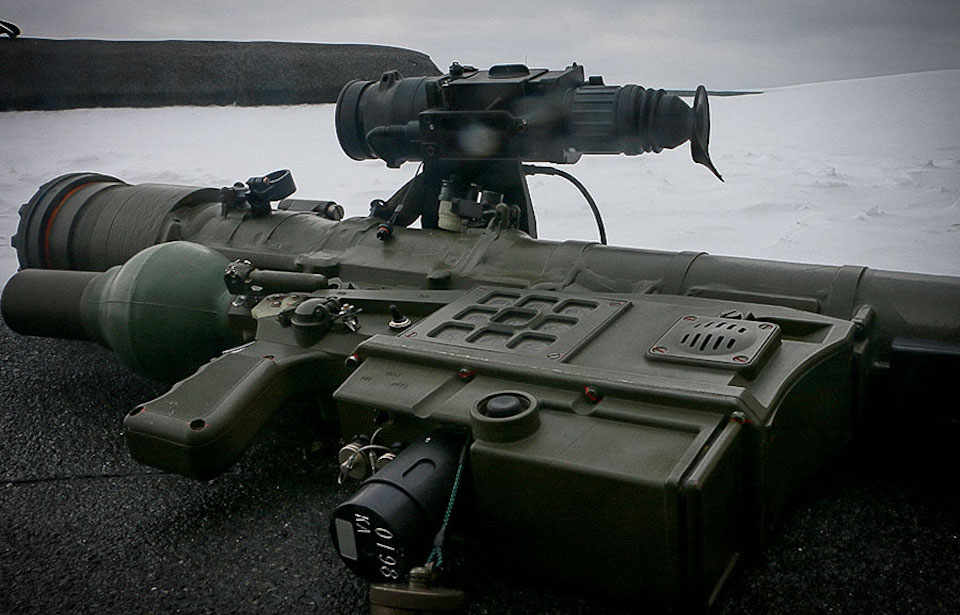If someone thought the era of MANPADS was coming to an end, they couldn’t be more wrong. While western NATO countries neglected the effectiveness of MANPADS for decades, it appears the modern battlefield requires them. While their natural prey was typically helicopters and attack aircraft, drones and cruise missiles have been added to the list. Everything that levitates or slowly flies can be a target.
MANPADS, as opposed to more advanced defense systems or Javelins, are simple and cheap. While they require some basic training and are by no means “fire-and-forget,” they are still relatively easy to operate and effective.

It’s not only the immediate effect of MANPADS that makes them so valuable, it’s also the fear of their presence. Knowing their capabilities, the enemy is forced to carefully consider how to act. That often means conducting operations from a farther distance and higher altitude, with greater stress. This makes overall missions less precise, without a single missile fired.
MANPADS are also difficult to countermeasure. Their cost and simplicity make them widespread and universal, and only one person is needed to fire them. They are defensive and passive weapons, and can be hidden anywhere that’s not an open field. Being hard to detect, along with their mass usage, makes them nearly impossible to completely neutralize.

MANPADS have proved effective over the past 20 years, contradicting their obsolete status. In 2016, the 40-year-old Soviet-made 9K38 Igla shot down a Turkish Bell AH-1 SuperCobra armed with modern equipment, while Georgian forces during the 2014 Russo-Georgian War claimed their PPZR Grom shot down nine Russian aircraft, out of a total of 21. Reports said it was the only weapon immune to Russian attempts to jam it.
Some were captured by GRU and handed over to separatists in Ukraine.
PPZR Grom and PPZR Piorun
One of the most prominent and newest MANPADS is the Polish-made Grom and its upgraded version, the Piorun. Based on the experience of building Soviet Strelas for over 20 years, its manufacturer, Mesko, decided to continue the project independently after the fall of the Soviet Union.
In 1995, the Grom was introduced, wholly “Polish,” without dependence on Russian-made components. For the sake of this article’s length, we will focus on its successor, the PPZR Piorun.

Mesko focused on upgrading the overall capabilities of its product. Piorun can destroy targets flying at 10 to 4,000 meters in altitude and from as far away as 6,500 meters. The numbers are better than the American Stinger and comparable to the newest Russian fourth generation 9K333 Verba.
While the Verba is somewhat out of reach of NATO members for obvious reasons, the Polish-made Pioruns are getting hype after Exercise Tobruq Legacy 2019, which took place in Ustka, Poland. Stingers and the Igla reached an effectiveness of only 70 percent during testing, while Pioruns had an effectiveness of 100 percent.
It’s no wonder the US ordered an unknown amount of Pioruns in 2022.
Ukrainian forces have recently praised the Piorun. With the help of Polish MANPADS, Kyiv confirmed destroying, among other Russian military aircraft, Su-34s, Su-25s and Mi-24s.
How does it work?
Piorun’s new generation seeker is equipped with two photodiode sensors that work within two electromagnetic radiations: near-infrared and mid-infrared. The signal is instantly digitalized, quickly making corrections and analyzing the heat source, distinguishing between targets and diversions.
The target’s countermeasure defense systems, such as cooling or dispersing an engine’s exhaust plume, are not effective against Pioruns.

Resistance to possible interference is focused on the receiver, making the PPZR Piorun challenging to jam. If the missile misses its target for some reason, it will still detonate the explosive. Anything that flies 320 m/s in its direction, or 400 m/s from it, can be an easy mark.
Modified launch and sight increase the weapon’s ability to detect an incoming target. A recent upgrade added a special rail to attach other sights, if needed, and Mesko also built in a unique authorization system to prevent enemy use if the weapon is captured.
